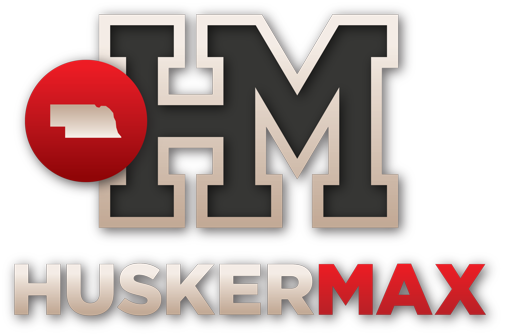In zone blocking schemes it's imperative that the OL get their hands on their defender as soon as possible while moving their feet to establish position. Longer arms allow that to happen more easily, and it gives a bit more cushion for when someone unexpectedly shoots a gap. Nebraska ran zone blocking in the 90s also, but almost every play began with a step forward in run blocking, and that means shorter, stronger guys will do fine with that leverage. With an Outside Zone running play (or any number of other more complicated running concepts in Frost's offense) the O-line's first step is lateral, and they need to be able to pick up defenders on the fly while passing off guys in double-teams in order to climb to the next level. Longer arms mean a longer radius with which to work, and even if a defender shoots a gap, the O-line can still steer him out of the play if he can get his hands on him, and the RB reads the blocks correctly, which is usually not an issue on that play even at the high school level.Not trying to conjure a debate on this, but I'm curious as to what are the mechanical blocking benefits with longer arms ?
Maybe I can see more horizontal blocking area that makes it harder for the D to get around the block, but I also think that with longer arms they are perhaps more likely to grab or extend beyond where they should and get called for Holding.
Regarding your 2nd statement ....
With regard to pass blocking, there is a strong effort (usually always) to execute a pass play that allows the QB to find a Receiver and release the pass ASAP. My thinking on this is that the Secondary is more vulnerable (not reaching for an interception) and the 'QB protection zone' is more secure within the 1st 4 seconds after the snap. Obviously this quick release effort allows the O line guys to end their pass blocks sooner.
With regard to a run play, they attempt to maintain their design block pattern at least until the RB is beyond their own position. Any effort to block after the RB has run beyond their own position will likely trigger a Clip, unless they are directly trying to push their own RB across for a 1st down or the Zero-yard line.
Not sure any of this explains why SF Inc is looking for taller, leaner guys; other than maybe they can keep better pace with a quick tempo offense. I'm not sure I see an obvious benefit to the taller, 'lankier' O line guy with regard to better blocking mechanics.
I'm very curious to see what others have to say about this topic regarding a taller, leaner O-line guys .... why go that direction ?
If this doesn't make sense, let me know, and I can go deeper into it, but I don't want to bore people.


